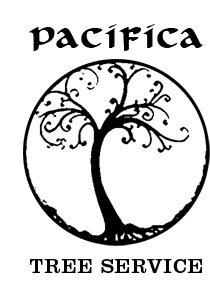It is important to remember that successful tree care begins with choosing the right type. The actions you take during the tree's early years will affect its shape, strength, and even lifespan. Following these guidelines will get your tree off to a good start in life.
Choosing the right type of wood
Healthy tree care begins with choosing the right species and placing the tree in the right location. Make sure that your tree will feel comfortable, especially as it grows and takes its place. Important factors to consider include:
- Purpose of growing the tree: Do you want to beautify your property, create privacy, reduce shade, provide wind protection, or use it as a street tree? Your goal will determine the appropriate tree species.
- Location restrictions: What are the climate characteristics of your region? What is the maximum tree size your space can accommodate? What light conditions and soil type prevail? These factors are important when choosing a tree.
Choosing a healthy seedling
Effective tree care begins with choosing a healthy seedling. Here's what to consider to ensure your tree remains healthy throughout its life:
- Bare-root seedlings should have moist, fibrous roots.
- Deciduous seedlings should have roots approximately equal to the length of the trunk.
- Trees with root balls or burlap should have a solid root ball, especially near the trunk, and be appropriate to the size of the tree.
- Trees grown in containers should not have large, swirling roots, and root pruning should be done carefully.
Proper pruning
Correct pruning technique plays an important role in maintaining tree health. It is recommended that you review our animated tree pruning guides and videos on the need for pruning, rules and basics of the procedure.
- When to prune: When to prune depends on the purpose and tree species. Light pruning and removal of dead branches can be done at any time. Below are recommendations for different seasons:
- Winter Pruning: Often done during the dormant season to encourage growth in the spring. It is advisable to avoid the coldest days of winter.
- Summer pruning: Recommended after seasonal growth has completed to guide growth and correct defects.
- Pruning Flowering Trees to Increase Flowering: Trees that bloom at different times should be pruned according to their bloom.
Rest time for instruments: Autumn
Since fungi can spread their spores in the fall and wounds on trees heal more slowly, it is recommended to put away pruning tools for storage during this time.
